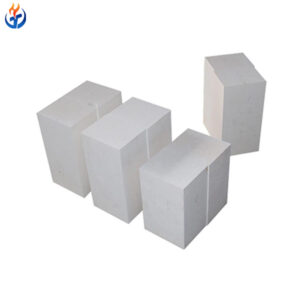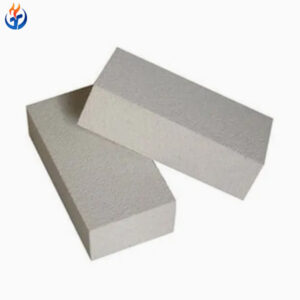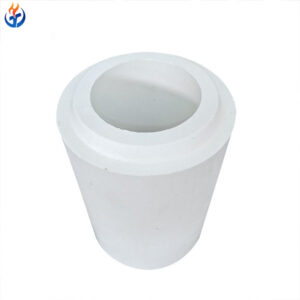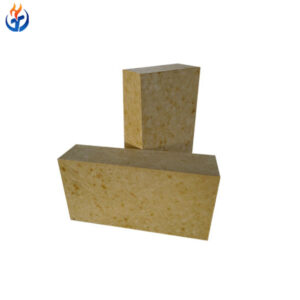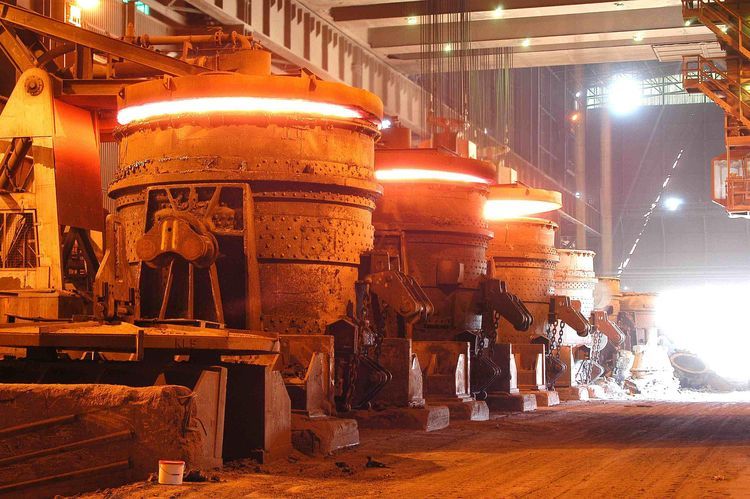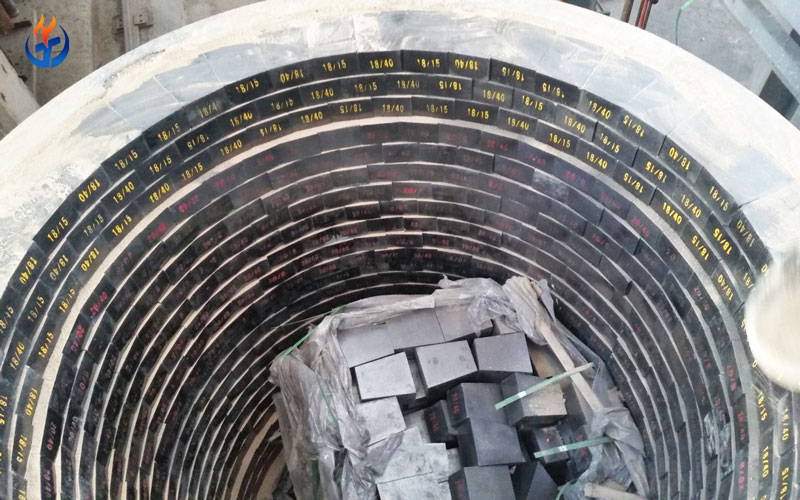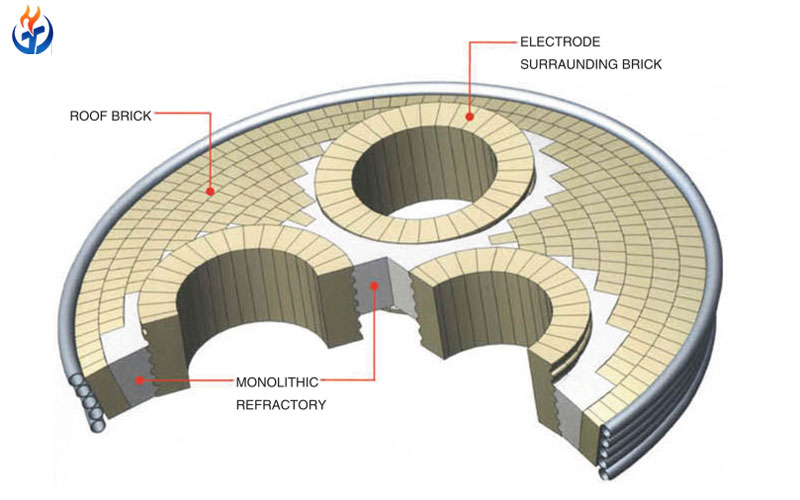In the non-ferrous metal industry, the production of zinc and lead demands extreme thermal stability, corrosion resistance, and mechanical strength from the lining materials inside furnaces. Choosing the right zinc furnace refractory not only improves melting efficiency but also extends furnace service life, reduces downtime, and lowers overall operating costs. Similarly, when dealing with high-temperature lead smelting, the use of durable lead melting bricks is crucial to withstand slag corrosion and aggressive chemical environments.
Here, Xintai Refractory will explores the role of refractories in zinc and lead furnaces, types of refractory materials commonly used, challenges faced during operations, and how advanced refractory solutions can improve performance.
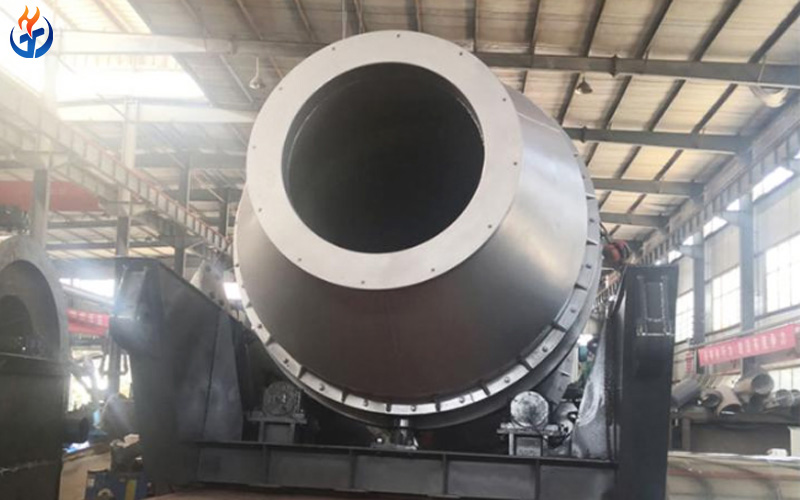
The Role of Refractories in Zinc Furnaces
Zinc furnaces are subjected to operating temperatures ranging from 1000°C to 1300°C, depending on the process. At such extreme heat, ordinary materials cannot withstand the thermal stress, slag attack, or chemical reactions involved.
Zinc furnace refractory acts as a protective barrier between the furnace shell and the molten material. It must resist:
High thermal loads during continuous operation.
Chemical corrosion caused by zinc vapors and fluxes.
Mechanical abrasion from charge materials and movement of molten metal.
Thermal shock during heating and cooling cycles.
A well-designed refractory lining improves furnace efficiency by retaining heat and reducing fuel consumption, while also ensuring consistent zinc recovery rates.
Refractories for Lead Melting Furnaces
Lead furnaces, particularly those used in secondary lead smelting, face even more aggressive environments. Molten lead, along with impurities such as sulfur and oxides, attacks furnace linings. To handle this, manufacturers use lead melting bricks with excellent slag resistance and long service life.
Lead smelting furnaces include:
Blast furnaces for lead extraction from ore or scrap.
Rotary furnaces for secondary lead recycling.
Refining kettles for purifying lead.
Each furnace type requires specific refractory solutions that balance cost-effectiveness with durability. For example, high-alumina bricks and magnesia-based refractories are often selected because they resist lead oxide penetration.
Types of Refractory Materials Used
Both zinc and lead furnaces rely on tailored refractory designs. Below are the most common materials applied:
1. Fireclay Bricks
Cost-effective and widely available.
Moderate resistance to heat and corrosion.
Often used in less demanding zones of zinc furnaces.
2. High Alumina Bricks
Alumina content from 45% to 80%.
Provide superior strength and corrosion resistance.
Popular for lead melting bricks due to slag resistance.
3. Magnesia Bricks
High resistance to basic slags.
Used in areas exposed to corrosive lead and zinc oxides.
Excellent durability in rotary lead furnaces.
4. Carbon-Based Refractories
Excellent thermal shock resistance.
Resist metal penetration.
Applied in special furnace zones with rapid temperature fluctuations.
5. Monolithic Refractories
Castables, ramming masses, and gunning mixes.
Easy to install and repair.
Offer seamless linings that minimize weak points.
Zinc Furnace Refractory: Key Design Considerations
When selecting zinc furnace refractory, engineers must consider several factors:
Thermal conductivity – Low conductivity reduces heat loss and fuel costs.
Mechanical strength – Strong refractories withstand the load of raw materials.
Chemical stability – Resistance against zinc vapors and flux corrosion.
Ease of maintenance – Ability to repair worn sections without total shutdown.
Compatibility – Must match furnace shell expansion to prevent cracks.
Proper installation is equally important. Even the best refractory will fail prematurely if lining design or anchoring systems are flawed.
Lead Melting Bricks: Performance Requirements
For lead melting bricks, the following performance characteristics are essential:
High slag resistance against lead oxides and sulfur compounds.
Low porosity to prevent penetration of molten lead.
Dimensional stability at high temperature.
Long service life to minimize frequent relining.
Manufacturers often choose magnesia-chrome bricks or high-alumina bricks for lead furnaces, depending on operating conditions.
Common Challenges in Zinc and Lead Furnaces
Despite advancements in refractory technology, operators still face challenges such as:
Slag penetration – Zinc and lead oxides are highly aggressive to furnace linings.
Thermal cycling damage – Cracks occur during repeated heating and cooling.
Mechanical wear – Continuous charging and tapping erodes brick surfaces.
Unexpected shutdowns – Poor refractory quality or installation leads to premature failure.
To mitigate these, many producers now rely on advanced engineered refractories and regular monitoring systems.
Advanced Solutions in Zinc Furnace Refractory
Recent developments in refractory technology have introduced:
Zirconia-containing refractories for improved corrosion resistance.
Low-cement castables with higher density and mechanical strength.
Prefabricated refractory shapes to speed up installation and reduce downtime.
Nanotechnology-enhanced binders for better thermal shock resistance.
These innovations extend furnace campaign life and ensure stable production of zinc and lead.
Conclusion
The efficiency of zinc and lead smelting heavily depends on the quality of refractories used. A properly selected zinc furnace refractory safeguards furnace structures, minimizes energy loss, and ensures smooth operation. Similarly, durable lead melting bricks protect furnaces against aggressive chemical environments, extending service life and improving output consistency.
As global demand for non-ferrous metals continues to rise, investing in advanced refractory solutions is no longer optional—it is a necessity for competitive and sustainable operations.

